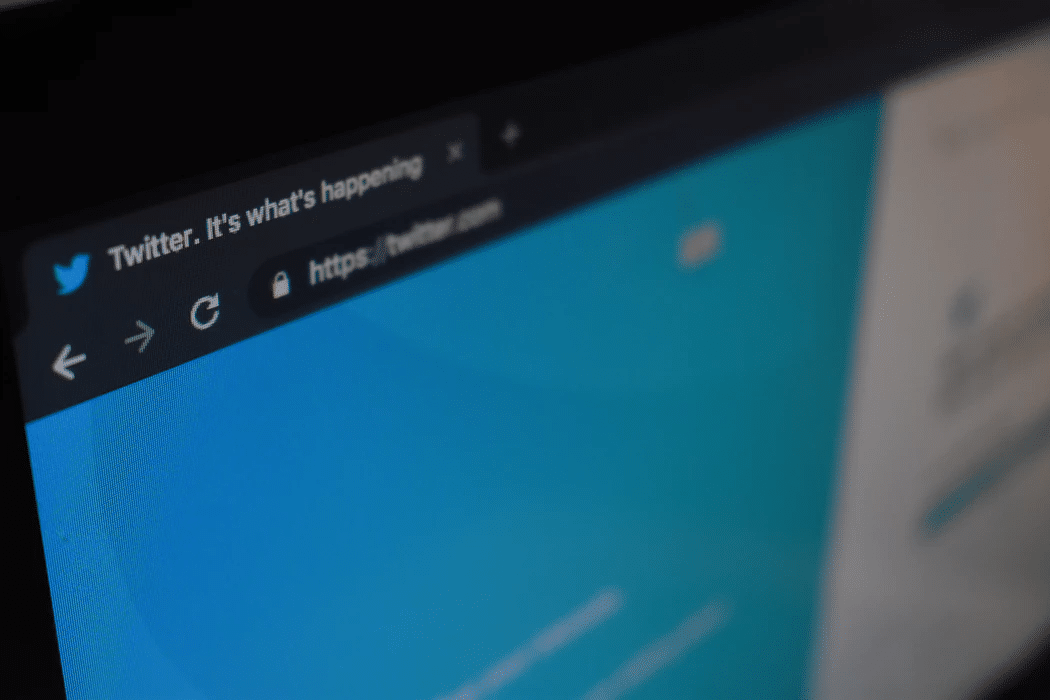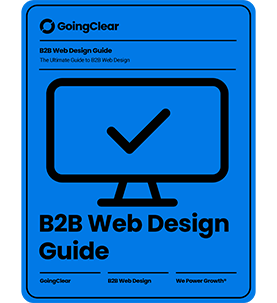Building Your Brand Through Your Website

Starting a business today isn’t like it was to start one just 10 – 15 years ago. In days gone by, entrepreneurs often started a business by finding a storefront and spending money to market and advertise their location. Now, you can start a business simply by having a nice-looking website.
While launching a business may be easier these days, building a brand still requires a tremendous amount of work. Luckily, the right website development and web design can go a long way toward establishing your brand.
Pick the Appropriate Colors
Building a brand through your website requires you to make some big decisions. Just like you chose your logo carefully, you should put a lot of thought into the colors you use on your website. The colors you use on your website will dictate the colors you use on other things, such as your products’ packaging. That’s because the key to establishing a recognizable brand is to be consistent.
It’s common knowledge that colors evoke emotions. The color green often makes people think about the environment, which is why it’s so widely associated with recycling. Green also goes hand-in-hand with health and it often evokes a feeling of calmness.
Close your eyes and think about your favorite luxury brand. It’s likely that the shade black will enter your thoughts since many high-end brands use black in their logos and on their websites because the hue is often associated with luxuriousness, authority and power.
As you’re selecting the colors you want to incorporate into your website design, it’s important for you to consider your target audience. Colors often evoke different emotions in people across cultures. If your target audience is spread out over several countries and cultures, it’s a wise idea to go with colors that are perceived positively on a universal basis, or as close to that kind of basis as possible.
Infuse Personality into Your Web Design
Consumers are often drawn to brands that have a personality. Establishing a personality for your brand will make it seem more approachable and consumer-friendly. Anthropomorphism is a common technique many companies use to make themselves seem more human-like. Twitter’s instantly recognizable bluebird is a great example of anthropomorphism at its finest.
There are other ways to infuse some personality into your web design. Using animation is one way you can add personality to your website, for example. Adding videos to your homepage and landing pages is yet another thing you can do to infuse personality into your webpages.
Be Consistent
As we touched upon in our earlier discussion of colors, it’s vital for you to be consistent with your website design and development. In addition to using the same colors, every page on your site should reflect the same personality and evoke the same emotions.
Your webpages can even share graphics. When you have the same images on your pages, your website will load faster, which will improve the user experience and possibly improve where your site lands in search engine results pages. If someone visited your site before and hasn’t erased their browser history, the images on your site will display directly from the browser’s cache.
It’s not just the look and feel of your website that need to be consistent. The voice you use must be consistent as well. Your brand’s voice should support the emotions you want to evoke and well as your brand’s personality seamlessly.
While your voice needs to remain consistent at all times, you may choose to use different tones if you’ve sub-categorized your overall target market. For example, if your target market includes both Millennials and senior citizens, you may want to use a light-hearted tone with the younger subset and a more serious tone with the older group. The key is to adjust your tone without altering your brand’s voice or the message you want to relay.
Display and Link Your Logo the Right Way
While you can be as creative as you want to be with the design of your logo, you should resist the temptation to go nuts with where you put it on your website. Even if you enjoy doing things your own way, it’s best to follow the pack with the location of your logo. Most people will look for a company’s logo in the upper left-hand corner of a webpage, which is why that’s where you should put your logo.
It’s not enough to “just” put your logo in the place where your visitors will expect to find it. You also need to link your logo to your homepage.
Don’t overlook the size of your logo. While you don’t want your logo to dominate your webpages, you also don’t want it to be too small. Size your logo so that your visitors will notice it the moment they navigate to your website without being distracted from the content on your pages.
Don’t Forget to Add a Meaningful Value Proposition
When people visit your website for the first time, they may not be 100 percent sure why they’re there. It’s your job to tell people why they navigated to your site. You can do that by using value propositions on your website to establish your brand.
A value proposition is a brief explanation that describes how your products or services will benefit your visitors. For a value proposition to have the maximum impact, it has to be short, to the point and easily understood. It must also explain why your offerings are the superior choice over your competitors’ products or services and how the things you sell will satisfy users’ needs or wants and resolve their problems.
To make sure your visitors don’t miss your value proposition, it’s typically a good idea to position it near your logo.
Let GoingClear Build Your Brand
GoingClear has been creating websites for small and midsize businesses since 2001. As a result, we know how critical a website can be for any entrepreneur who’s trying to establish and build a brand. We offer a full suite of web design and development services that will enable you to build your brand quickly and attract the kind of customers you want.
With our website development and design services, building a brand has never been easier. Connect with GoingClear to learn more now.

